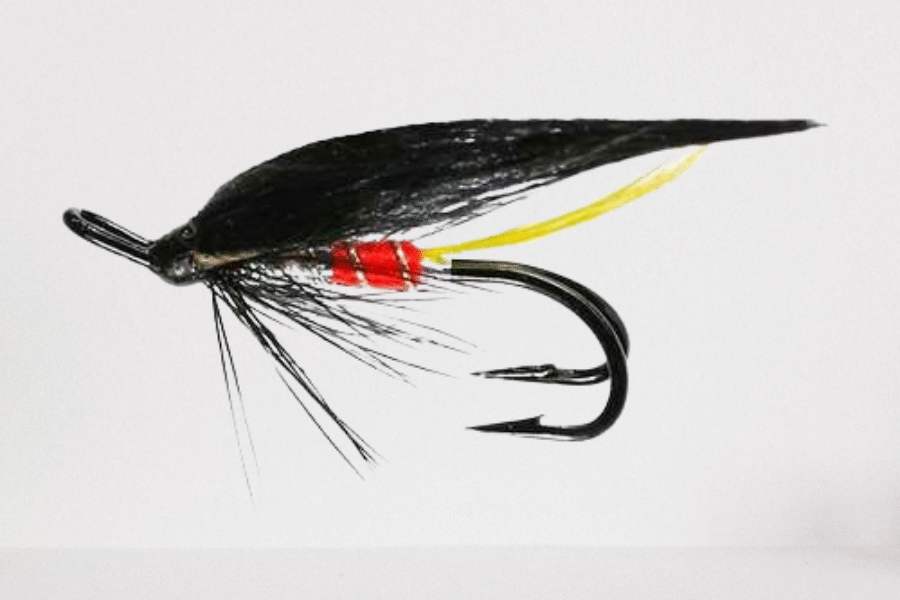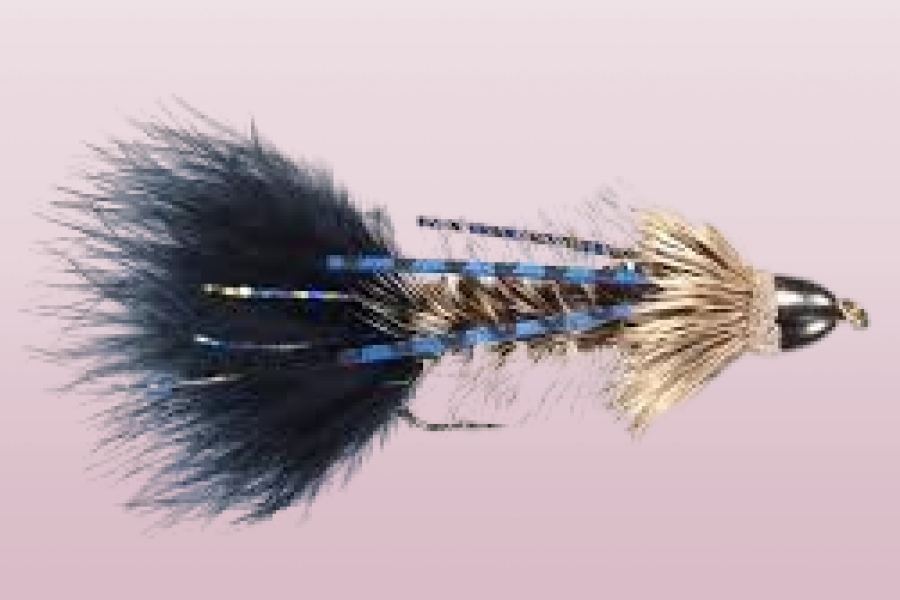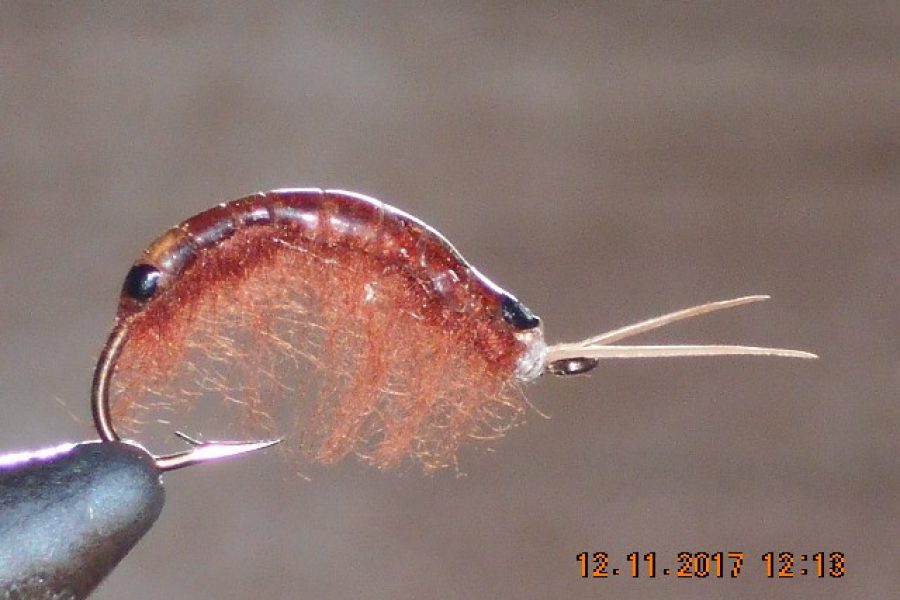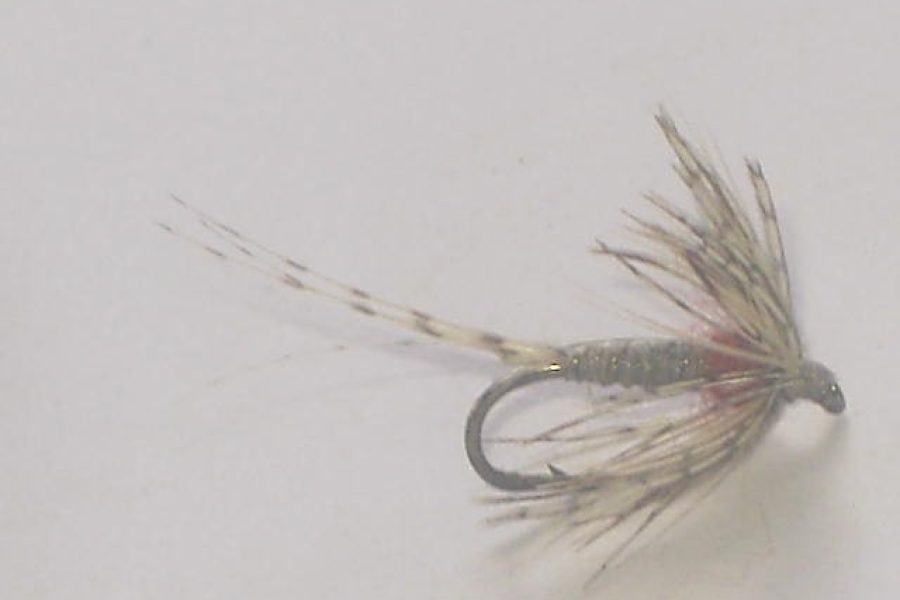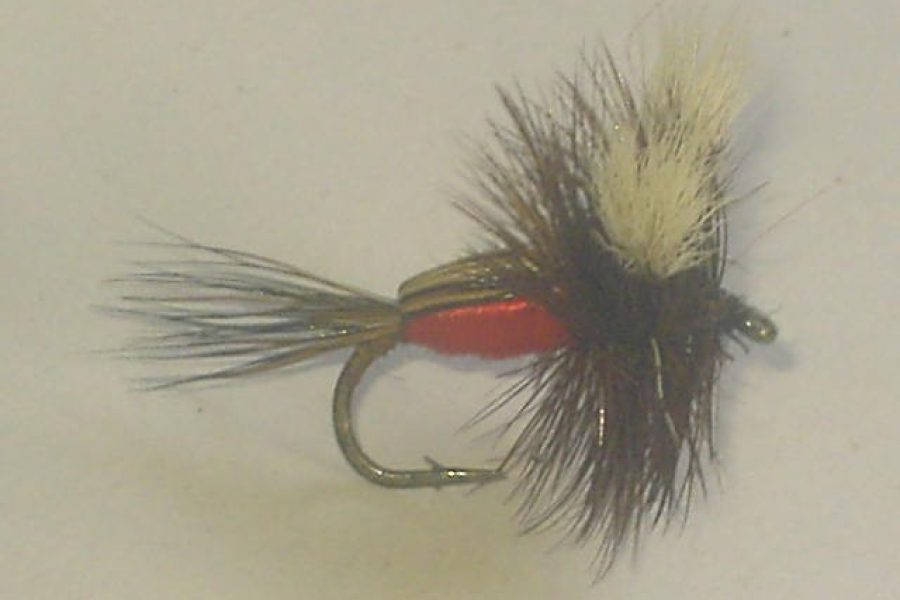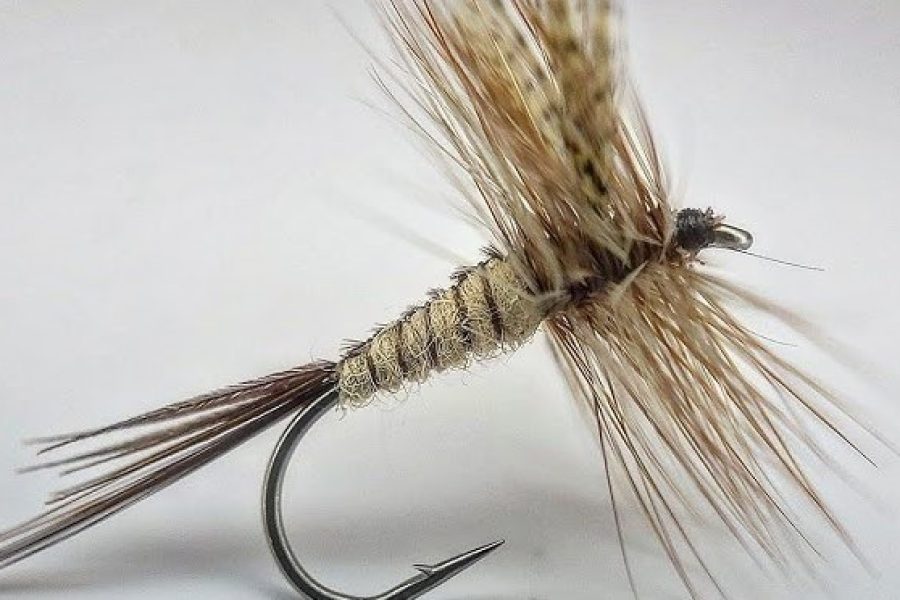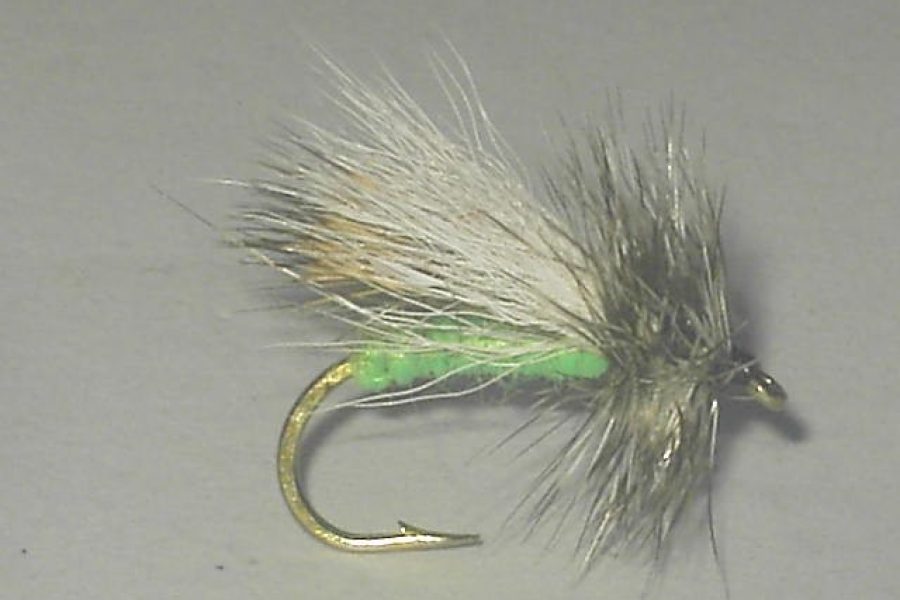Description
Product Overview and Heritage The Blue Winged Olive Para Wulff represents an innovative fusion in dry fly design, combining the high-visibility advantages of a parachute pattern with the buoyant durability of the classic Wulff style. This versatile pattern has been specifically engineered to provide exceptional visibility while maintaining perfect float characteristics, making it particularly effective during Blue Wing Olive hatches when both visibility and presentation are crucial. The combination of parachute post, split wing design, and precise proportions creates a highly effective pattern that consistently produces results across various water conditions.
Design Philosophy and Material Innovation The pattern’s effectiveness stems from its carefully engineered components:
- Premium dry fly hook
- High-visibility parachute post
- Split hair wings
- Precise body proportions
- Olive dubbing blend
- Durable construction
- Perfect float design
- Realistic profile
- Advanced tying techniques
- Natural movement propertiesTechnical Specifications Hook Characteristics:
Premium dry fly hook
Available sizes: 14-20
Light wire construction
Standard-eye design
Chemically sharpened point
Wide gape configuration
Bronze finish
Optimal hook strength
Enhanced penetration design
Perfect size-to-weight ratio
Material Properties:Selected hair wings
Premium olive dubbing
High-visibility post material
Water-resistant treatments
Enhanced durability
Quality natural materials
Specialized construction
Color-fast characteristics
Float enhancement
Profile consistency
Construction and Tying Process The pattern’s success relies on precise construction methods:Balanced proportions
Strategic post placement
Split wing construction
Reinforced connections
Material integration
Enhanced durability features
Proper hackle application
Body segmentation
Profile consistency
Float optimization
Fishing Applications and Techniques Presentation Methods:Dead drift
Slight twitches
Multiple drift angles
Drag management
Pattern placement
Surface presentation
Current seam fishing
Structure targeting
Cross-current drifts
Action variation
Specialized Applications:BWO hatches
Technical water
Spring creeks
Tailwaters
Clear water
Selective trout
Evening fishing
Match-the-hatch
Surface feeding
Flat water
Seasonal Effectiveness Spring Performance:Prime BWO season
Cloudy days
Initial emergence
Water level variations
Mixed techniques
Weather changes
Pattern selection
Temperature increases
Fish movement
Feeding windows
Summer Strategy:Early morning
Evening activity
Temperature changes
Feeding patterns
Oxygen levels
Light penetration
Fish behavior
Water conditions
Current seams
Structure targeting
Fall Applications:Second BWO peak
Cooling waters
Changed light conditions
Transitional periods
Selective takes
Pattern visibility
Fish location
Temperature drops
Migration patterns
Feeding windows
Winter Tactics:Limited opportunities
Midday hatches
Slow presentations
Temperature considerations
Pattern visibility
Fish holding patterns
Oxygen levels
Light penetration
Feeding windows
Cold water techniques
Habitat and Water Types Water Applications:Spring creeks
Tailwaters
Mountain streams
Lakes and ponds
Clear pools
Structure areas
Current seams
Drop-offs
Holding water
Pocket water
Specialized Environments:Crystal clear waters
Smooth surfaces
Shallow riffles
Deep runs
Complex currents
Bank edges
Channel drops
Boulder fields
Undercut banks
Current breaks
Target Species and Behavior Primary Species:Brown Trout
Rainbow Trout
Brook Trout
Cutthroat Trout
Grayling
Selective Trout
Technical Water Species
Surface Feeders
Feeding Behaviors:Surface inspection
Selective takes
Pattern recognition
Territorial behavior
Opportunistic takes
Selective feeding
Strike triggers
Visual stimulation
Lateral line response
Competitive feeding
Rigging Recommendations Leader Setup:9-12 foot leaders
5X-6X tippet
Tapered leaders
Fluorocarbon options
Loop-to-loop connections
Delicate presentation
Proper stiffness
Knot strength
Breaking strain
Abrasion resistance
Presentation Options:Single fly rigs
Double dry fly rigs
Multiple fly systems
Traditional methods
Modern techniques
Line matching
Leader design
Tippet selection
Float enhancement
Depth control
Professional Applications Guide Usage:Client-friendly pattern
Proven success rates
Visibility advantages
Easy presentation
Multiple techniques
Teaching tool
Confidence pattern
Versatile applications
Durability
Hook-up ratio
Competition Usage:Tournament proven
Technical water success
Pressure adaptation
Quick-change capability
Consistent performance
Visibility control
Pattern rotation
Size variation
Color selection
Presentation options
Care and Maintenance Post-Fishing Care:Thorough drying
Material grooming
Hook point inspection
Wing maintenance
Post preservation
Storage preparation
UV protection
Pattern inspection
Shape verification
Float testing
Storage Requirements:Dry environment
UV protection
Separate compartments
Regular inspection
Moisture prevention
Temperature control
Light protection
Ventilation needs
Box organization
Inventory management
Advanced Fishing Methods Presentation Techniques:Drift variations
Drag control
Strike detection
Drift management
Current reading
Structure approach
Pattern tracking
Recovery methods
Angle optimization
Speed control
Water Reading:Current understanding
Depth assessment
Structure location
Fish holding areas
Presentation angles
Feeding lanes
Travel routes
Rest areas
Temperature breaks
Current seams
Environmental Considerations Conservation Features:Sustainable materials
Durable construction
Catch-and-release friendly
Minimal environmental impact
Eco-conscious design
Material selection
Ethical considerations
Resource protection
Species conservation
Environmental awareness
Material Selection:Responsible sourcing
Quality components
Natural elements
Ethical production
Sustainable practices
Environmental impact
Material longevity
Waste reduction
Local materials
Eco-conscious design

